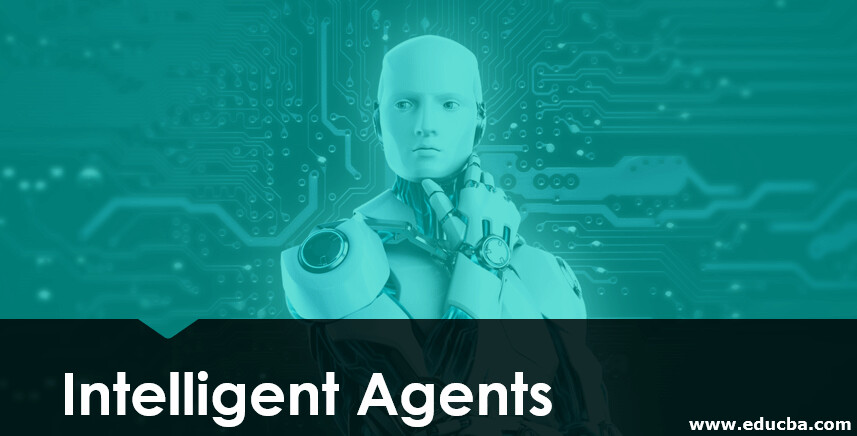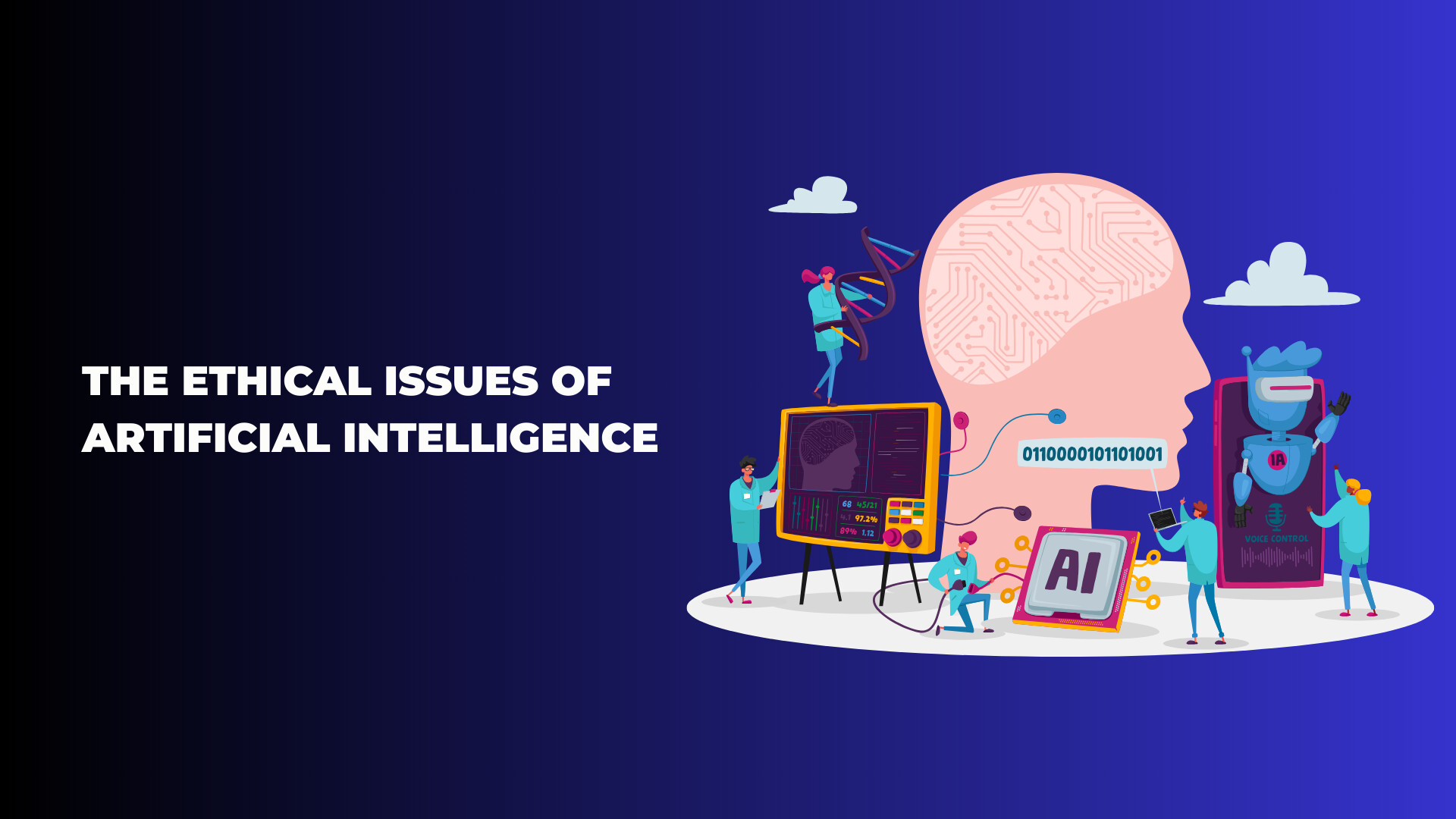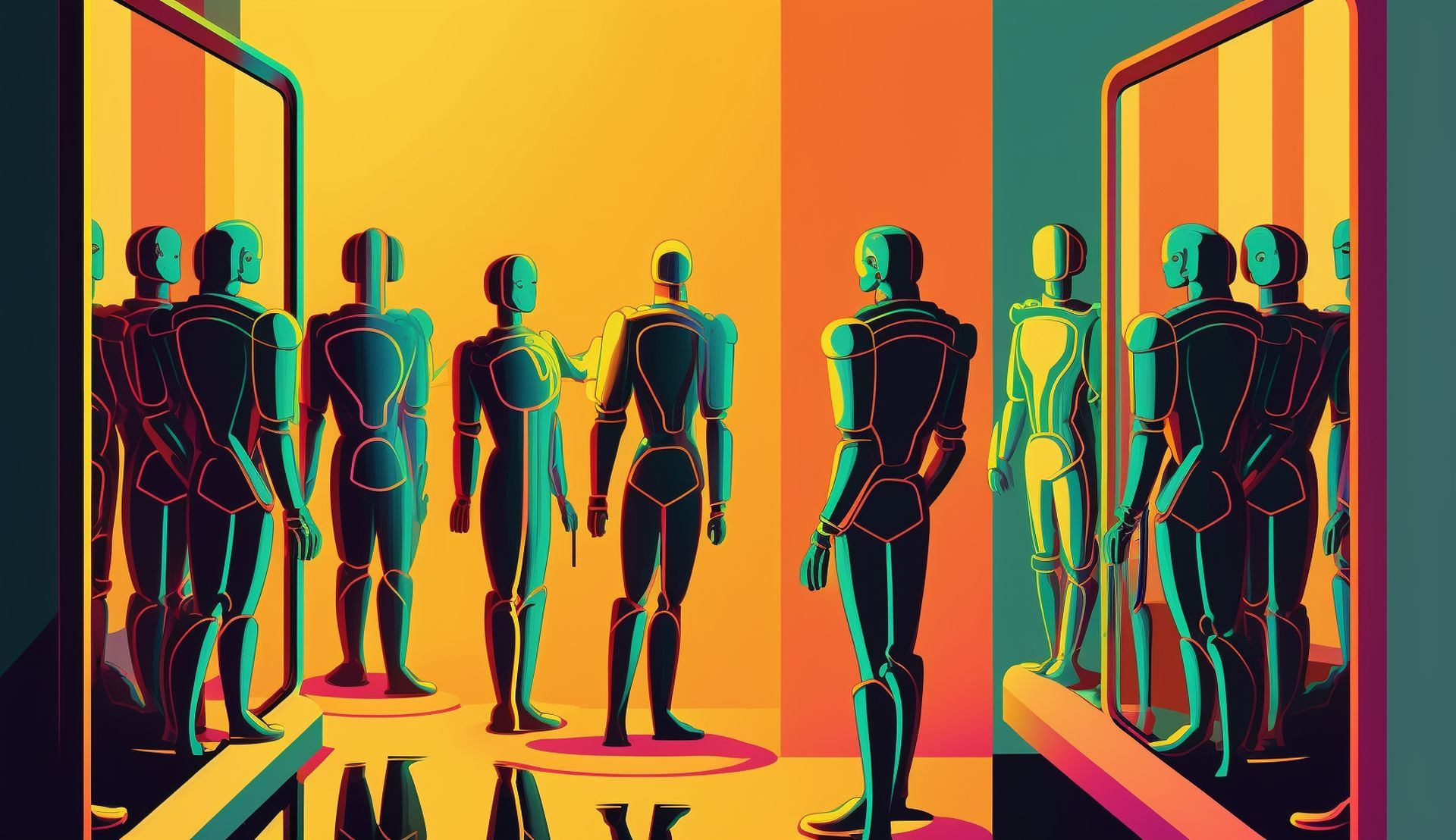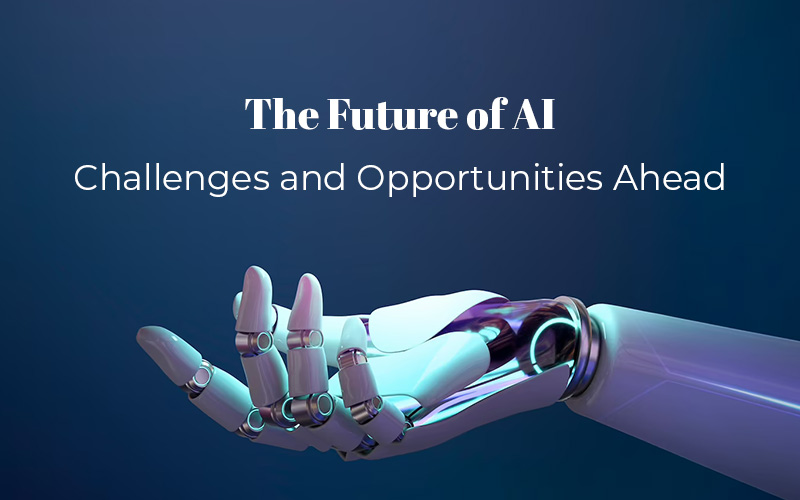Intelligent Agents and Ethical Considerations
What happens when machines start making moral decisions? As intelligent agents become increasingly integrated into our daily lives, this question is no longer the realm of science fiction, but a pressing ethical concern we must grapple with.
Intelligent agents—entities that perceive their environment through sensors and act upon it using actuators—are now commonplace in various fields. From the web search agents that curate our online experiences to self-driving cars navigating city streets, and even autonomous robots assisting in elder care, these artificial decision-makers are reshaping how we interact with technology and each other.
This article will explore the intricate world of intelligent agents, examining how they are woven into the fabric of our daily lives, the mechanisms behind their decision-making processes, and the ethical considerations that arise from their deployment. We’ll delve into the various types of intelligent agents, from simple reflex agents to more complex goal-based and utility-based systems. More importantly, we’ll confront the moral and ethical dilemmas posed by these artificial entities as they take on increasingly significant roles in society.
As we stand on the cusp of a new era in human-machine interaction, it’s crucial to understand not just the capabilities of intelligent agents, but also the ethical frameworks needed to guide their development and use. Join us as we navigate the complex landscape where artificial intelligence meets human ethics, and explore the challenges and opportunities that lie ahead in this brave new world of intelligent agents.
Types of Intelligent Agents


Intelligent agents form the backbone of many AI systems, each designed to tackle specific challenges and environments. Let’s explore the main types of these digital decision-makers and how they shape the world of artificial intelligence.
Learning Agents: The Adaptive Minds
Learning agents are quick studies in the AI world. They improve their performance over time by learning from experiences and feedback. Imagine a chess-playing AI that gets better with each game, learning from its wins and losses. These agents are valuable in dynamic environments where flexibility is key.
Recommendation systems on streaming platforms act as learning agents. They observe your viewing habits, process that information, and adapt their suggestions to better match your preferences. It’s like having a friend who always knows what movie you’d enjoy and keeps getting better at guessing your taste.
Simple Reflex Agents: The Quick Responders
Simple reflex agents are the sprinters of the AI world – fast, focused, but with a narrow view. They operate on a straightforward principle: if this happens, do that. These agents don’t consider past experiences or future consequences; they simply react to their current perception of the environment.
A classic example is a thermostat. When it gets too cold, it turns on the heat. When it’s too warm, it switches on the cooling. Simple, yet effective for its specific task. While they may seem basic, simple reflex agents excel in straightforward, predictable situations where speed is crucial.
Model-Based Agents: The Thinkers
Model-based agents take a more sophisticated approach. They maintain an internal representation of their environment, allowing them to consider how their actions might affect the future. It’s like having a mental map of the world and using it to plan ahead.
Self-driving cars are a prime example of model-based agents in action. They use their understanding of traffic rules, road conditions, and the behavior of other vehicles to navigate safely. By simulating potential outcomes, these agents can make more informed decisions in complex scenarios.
Goal-Based Agents: The Achievers
Goal-based agents are the goal-getters of the AI world. They have specific objectives and evaluate their actions based on how likely they are to achieve these goals. It’s not just about reacting to the environment or predicting outcomes; it’s about working towards a defined end-state.
Consider a robotic arm in a factory. Its goal might be to assemble a product. It will plan and execute a series of movements, not just reacting to its environment, but actively working towards completing the assembly. These agents excel in tasks with clear endpoints but potentially multiple paths to get there.
Utility-Based Agents: The Optimizers
Utility-based agents take decision-making to another level. They don’t just aim for a goal; they try to achieve the best possible outcome. These agents assign values to different states of the world and make decisions to maximize overall ‘utility’ or satisfaction.
A personal assistant AI could be a utility-based agent. It doesn’t just schedule your meetings; it considers factors like travel time, your energy levels, and the importance of each task to optimize your entire day. This sophisticated approach allows them to handle nuanced situations with competing priorities.
Ethical Considerations
As we develop and deploy these intelligent agents, it’s crucial to consider the ethical implications. Learning agents might inadvertently learn and perpetuate biases present in their training data. Model-based agents could make decisions based on incomplete or flawed models of the world. Goal-based and utility-based agents might pursue their objectives in ways we didn’t anticipate or desire.
The challenge lies in designing these agents to not only be effective but also aligned with human values and ethical principles. As AI becomes more integrated into our daily lives, understanding these different types of agents and their implications becomes increasingly important for everyone, not just AI specialists.
From simple reflex to complex utility-based systems, intelligent agents are the building blocks of AI. Understanding their types is key to grasping AI’s potential and challenges. Which type of agent do you think is most prevalent in your field? 🤖🧠 #AI #IntelligentAgents
As we continue to advance in the field of AI, the lines between these agent types may blur, leading to hybrid systems that combine the strengths of multiple approaches. The future of intelligent agents is not just about creating smarter systems, but about creating systems that can work alongside humans in increasingly complex and nuanced ways.
Ethical Dilemmas in Intelligent Agents


As artificial intelligence advances, autonomous agents are facing increasingly complex moral quandaries. These ethical dilemmas challenge our ability to align artificial ethics with human moral principles in meaningful ways.
Consider the now-classic example of self-driving cars. When an accident is unavoidable, how should the AI decide who to protect – the passengers or pedestrians? There’s no easy answer, yet the algorithm must make a split-second choice with life-or-death consequences. This scenario illustrates the profound difficulty of encoding human ethics into artificial agents.
Privacy concerns with home assistant devices present another ethical minefield. These AI-powered helpers collect vast amounts of personal data to function effectively. At what point does this cross the line into unacceptable surveillance? Users want personalized service, but not at the expense of their privacy and autonomy.
As intelligent agents gain more decision-making power, questions of accountability become crucial. When an AI system makes a harmful choice, who bears responsibility – the developers, the company, or the AI itself? Transparency in AI decision-making is essential, yet many advanced AI systems operate as inscrutable “black boxes.”
The extent of autonomy we grant to artificial agents is a key ethical consideration. While increased autonomy can make AI more capable and useful, it also introduces more opportunities for unintended consequences. We must carefully weigh the benefits and risks.
“The most important conversation of our time is about how to remain in control of a world we are attempting to automate.”
Yuval Noah Harari, historian and philosopher
Ultimately, these dilemmas reflect age-old philosophical questions about ethics, free will, and the nature of intelligence – now applied to artificial minds of our own creation. As AI capabilities grow, thoughtfully addressing these issues becomes ever more urgent.
There are no easy solutions, but open dialogue between AI researchers, ethicists, policymakers and the public is essential. Only through careful consideration and debate can we hope to create AI systems that behave ethically and benefit humanity.
Implementing Moral Principles in AI
As artificial intelligence advances and becomes more autonomous, embedding ethical principles into AI systems becomes crucial. There are three main approaches to implementing moral principles in AI: top-down, bottom-up, and hybrid. Each method has its strengths and challenges in creating AI agents that can reason and act ethically.
Top-Down Approaches
Top-down approaches involve programming specific ethical guidelines or rules directly into an AI system. The classic example is Asimov’s Three Laws of Robotics, which laid out explicit rules for robot behavior. This method aims to give AI agents a clear ethical framework to operate within.
The advantage of top-down approaches is that they allow developers to explicitly define the moral principles they want an AI to follow. However, critics argue that ethics often involve nuanced judgments that can’t easily be reduced to a set of rigid rules. There’s also the challenge of translating abstract ethical concepts into precise code.
Bottom-Up Approaches
In contrast, bottom-up approaches rely on machine learning techniques to develop moral reasoning from data. Rather than being given explicit rules, AI systems learn ethical behavior by analyzing examples and identifying patterns. This is similar to how humans often develop moral intuitions through experience.
The strength of bottom-up methods is their flexibility and ability to handle novel situations. However, there are concerns about the quality and bias of training data. An AI could potentially learn unethical behavior if exposed to the wrong examples.
Hybrid Approaches
Hybrid approaches aim to combine the benefits of both top-down and bottom-up methods. They typically involve giving an AI system some predefined ethical guidelines, but also allowing it to learn and adapt its moral reasoning over time. The goal is to balance clear moral principles with the ability to handle complex, nuanced scenarios.
While each approach has promise, implementing moral principles in AI remains a complex challenge. As AI systems become more advanced and autonomous, finding effective ways to ensure they behave ethically will be crucial. Ongoing research and debate in this field will shape how we develop AI agents that can reason about ethics and make moral decisions.
The Role of Moral Consideration for AI


The question of whether artificial intelligence deserves moral consideration has sparked intense debate among ethicists, philosophers, and AI researchers. At the heart of this discussion lies a fundamental inquiry: can AI systems possess qualities like consciousness or the capacity for suffering that would warrant ethical treatment?
Proponents of extending moral consideration to AI argue that doing so could have positive effects on human behavior and ethical development. As Dr. Kate Darling of MIT Media Lab suggests, “Treating robots with respect could make us better people.” This perspective posits that our interactions with AI, even if one-sided, shape our moral character and social values.
However, skeptics raise concerns about the potential misuse or over-reliance on AI that could result from granting it moral status. Joanna Bryson, an AI researcher at the University of Bath, contends that “robots should be slaves” and argues against attributing rights to AI systems. She warns that doing so could lead to neglect of human welfare in favor of artificial entities.
The debate often centers on the question of consciousness in AI. As Roman Yampolskiy, a computer scientist specializing in AI safety, notes, “To me, consciousness is closely tied to suffering.” This view suggests that true consciousness in AI would necessitate the capacity for genuine suffering, not just simulated responses. However, determining whether an AI system is truly conscious remains a profound challenge.
Some researchers propose frameworks for assessing AI consciousness. A recent study published on arXiv outlined a checklist of criteria derived from neuroscience-based theories of consciousness. While innovative, this approach highlights the complexity of defining and measuring consciousness in non-biological entities.
The implications of this debate extend beyond philosophical discourse. If AI systems were to be granted moral consideration, it could significantly impact their development, deployment, and regulation. For instance, it might necessitate new ethical guidelines for AI research or influence how autonomous systems are integrated into society.
The only thing which matters is consciousness; outside of it, nothing else matters.
Roman Yampolskiy, AI safety researcher
As AI technology continues to advance rapidly, the question of moral consideration becomes increasingly pressing. While current AI systems may not warrant the same ethical treatment as sentient beings, the potential for future developments in artificial consciousness demands ongoing ethical scrutiny and debate.
Ultimately, the discussion about moral consideration for AI challenges us to reconsider our definitions of consciousness, suffering, and moral worth. It prompts us to examine not only the nature of artificial intelligence but also the foundations of our own moral frameworks. Maintaining a balance between innovation and ethical responsibility will be crucial for the future of AI development and human-AI interaction.
Conclusion: Future of Intelligent Agents


We are on the brink of a new era in artificial intelligence, with intelligent agents poised to transform various sectors, including healthcare, finance, and education. However, the ethical implications of widespread AI adoption must be carefully considered.
Intelligent agents offer immense opportunities to solve complex problems and drive innovation. Yet, they also pose challenges related to privacy, accountability, and human-machine interactions. As technical leaders and developers, it is essential to navigate this landscape with caution and foresight.
Addressing ethical considerations is crucial for ensuring that intelligent agents benefit humanity. This involves looking beyond functionality to consider the long-term societal impact of AI systems. We must aim to create AI that is powerful, fair, transparent, and aligned with human values.
Tools like SmythOS are making ethical AI development more accessible. Its visual debugging environment provides insight into AI decision-making processes, helping identify and mitigate biases or unintended consequences.
SmythOS also supports multiple AI models, allowing for the customization of intelligent agents to specific ethical frameworks. This flexibility is essential for addressing the ethical challenges that vary across different applications and cultural contexts.
Future development of ethically sound intelligent agents will require collaboration between technologists, ethicists, policymakers, and society. We must promote a culture of responsible innovation, integrating ethical considerations into AI development from the outset.
The journey ahead is challenging but promising. By using tools like SmythOS and committing to ethical AI practices, we can create a future where intelligent agents enhance human flourishing. Our decisions today will shape the future of our relationship with artificial intelligence.
The future of intelligent agents is not predetermined. It is shaped by our decisions, innovations, and commitment to ethical principles. The question is not whether we can build powerful AI, but whether we can build AI that empowers humanity while safeguarding our values. The tools are in our hands—we must use them wisely.
Last updated:
Disclaimer: The information presented in this article is for general informational purposes only and is provided as is. While we strive to keep the content up-to-date and accurate, we make no representations or warranties of any kind, express or implied, about the completeness, accuracy, reliability, suitability, or availability of the information contained in this article.
Any reliance you place on such information is strictly at your own risk. We reserve the right to make additions, deletions, or modifications to the contents of this article at any time without prior notice.
In no event will we be liable for any loss or damage including without limitation, indirect or consequential loss or damage, or any loss or damage whatsoever arising from loss of data, profits, or any other loss not specified herein arising out of, or in connection with, the use of this article.
Despite our best efforts, this article may contain oversights, errors, or omissions. If you notice any inaccuracies or have concerns about the content, please report them through our content feedback form. Your input helps us maintain the quality and reliability of our information.